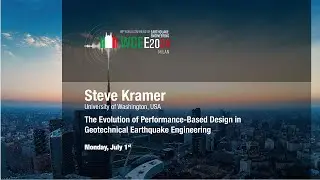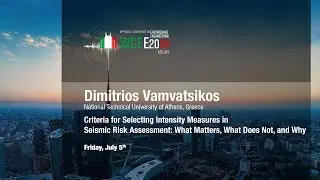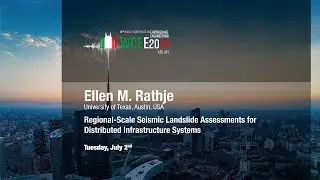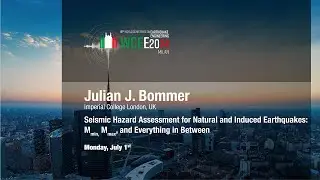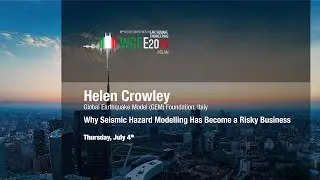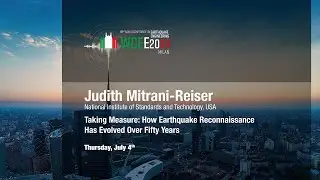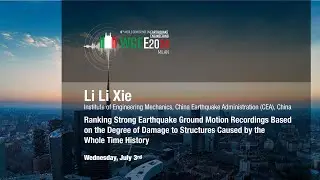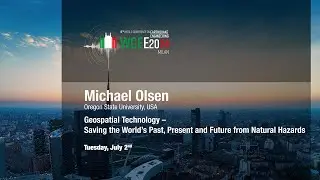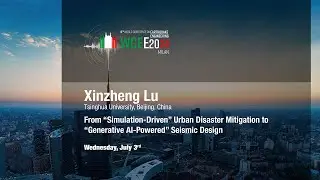Julian J. Bommer: Seismic Hazard Assessment for Natural and Induced Earthquakes
KEYNOTE LECTURES
Julian J. Bommer: Seismic Hazard Assessment for Natural and Induced Earthquakes: Mmin, Mmax, and Everything in Between
Monday, July 1st, MiCo Gold Room
Abstract:
Probabilistic seismic hazard estimates are driven by the recurrence rates of earthquakes of different magnitudes in the seismic sources surrounding the site of interest. The number and the size of the earthquake scenarios contributing to the hazard estimates are controlled by the integration limits Mmin and Mmax. There is a common belief that these two parameters exert a relatively minor influence on PSHA results, although for Mmax this is, in part, the result of tending to assign only very large values to logic-tree branches. While the view that seismic hazard estimates are not strongly dependent on Mmin and Mmax may often be valid when dealing with natural earthquakes, it does not hold for induced seismic hazard, for which the choice of Mmin and Mmax can be of critical importance. The lecture challenges some misconceptions regarding both the minimum and the maximum magnitude to be considered in seismic hazard analysis. The lecture also discusses the consequences of these misconceptions when PSHA is adapted to induced seismicity. These consequences highlight an urgent need to reevaluate how Mmin and Mmax are estimated because several energy technologies face unnecessary closure due to induced seismicity, which is often a direct result of the postulated values for these magnitude limits.
Bio:
Dr. Julian J. Bommer is a chartered civil engineer and Royal Academy of Engineering Fellow. He is a Senior Research Investigator in the Department of Civil & Environmental Engineering at Imperial College London, where he was formerly a Professor of Earthquake Risk Assessment. He has more than 150 papers listed on the Web of Science related to earthquake ground motions, seismic hazard analysis and earthquake risk assessments, with over 14,000 citations and an h-index of 64. He has investigated damaging earthquakes in Algeria, Armenia, California, Colombia, El Salvador, Greece, Italy, Japan, Mozambique, Peru, and Turkey. Dr. Bommer has been a consultant in many seismic hazard and risk assessment projects worldwide, including serving as a member of the Seismic Advisory Board for the Panama Canal expansion. He has led site-specific seismic hazard studies for nuclear sites in Brazil, South Africa, Spain, and the US, and served as a reviewer for similar projects in Abu Dhabi and Romania, as well as serving for a decade as the technical lead for the Expert Panel on Seismic Hazard of the UK Office for Nuclear Regulation. He has also worked on hazard and risk assessments related to induced seismicity, including geothermal projects in Basel and El Salvador, conventional and unconventional hydrocarbon production in Canada and Colombia, gas production in the Netherlands, gas storage in Spain, and carbon capture and storage in Australia. His contribution to research and practice has been recognised through the invitation from SECED to deliver the Seventeenth Mallet-Milne lecture and from SSA and EERI to deliver the Seventeenth Joyner Memorial Lecture. He has also received the Earthquake Spectra Outstanding Paper award on two occasions.
-------
Rui Pinho 00:15
Julian J. Bommer 03:15
-------
http://www.wcee2024.it








